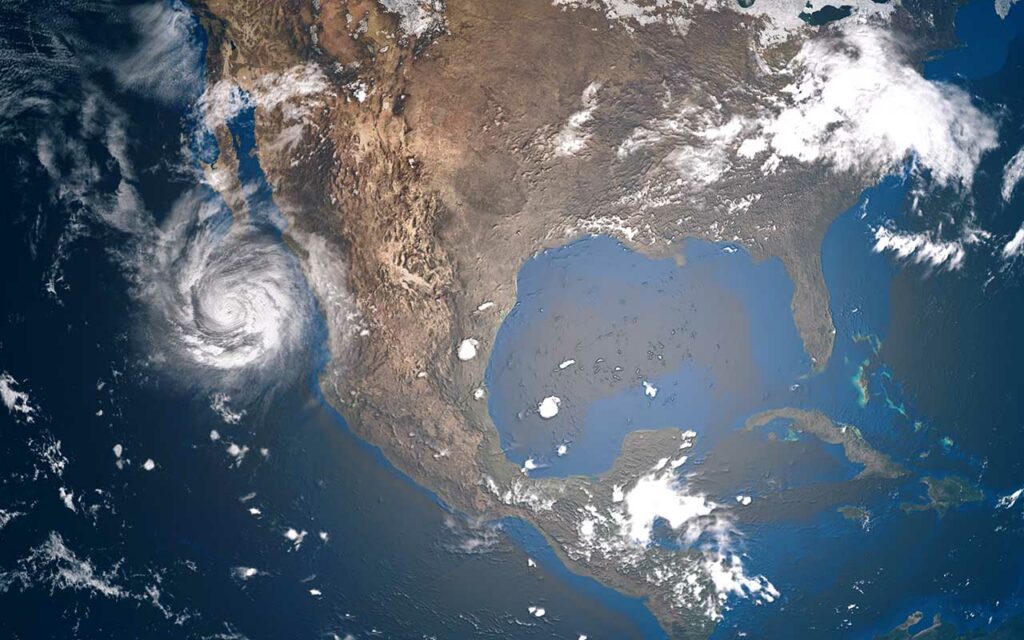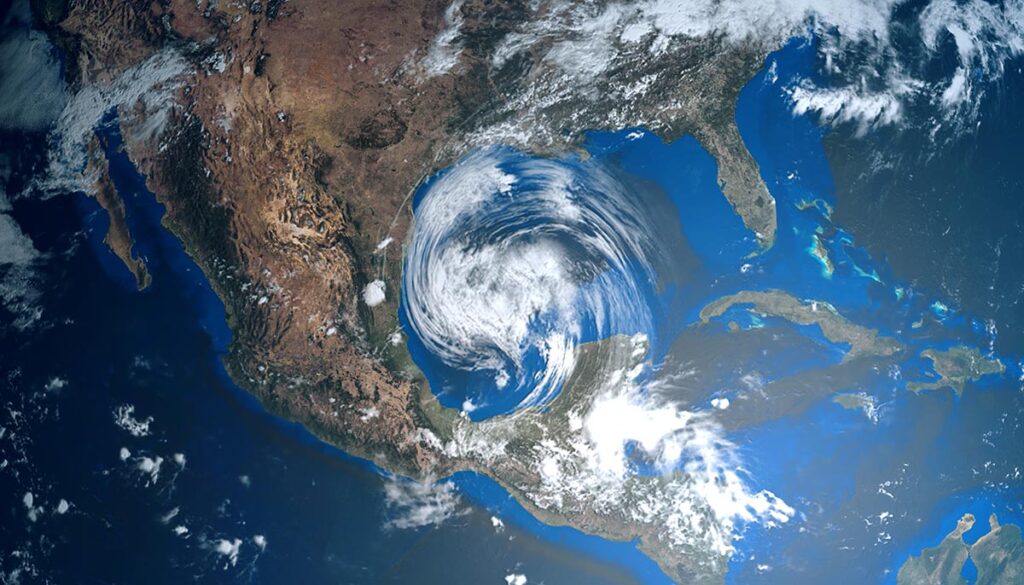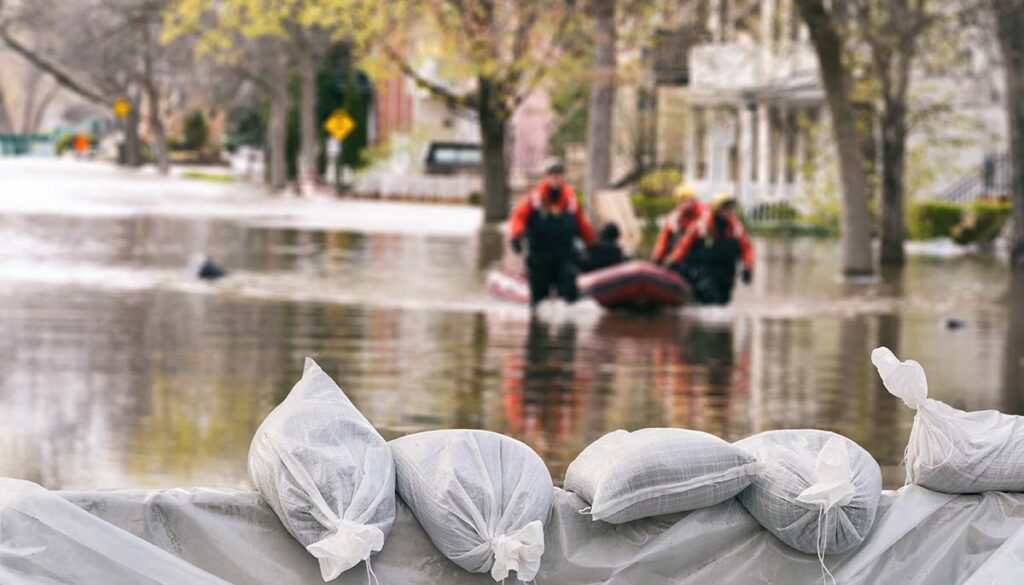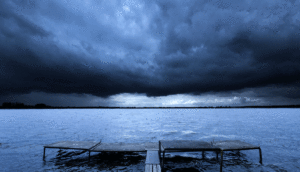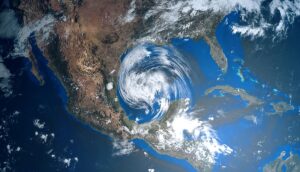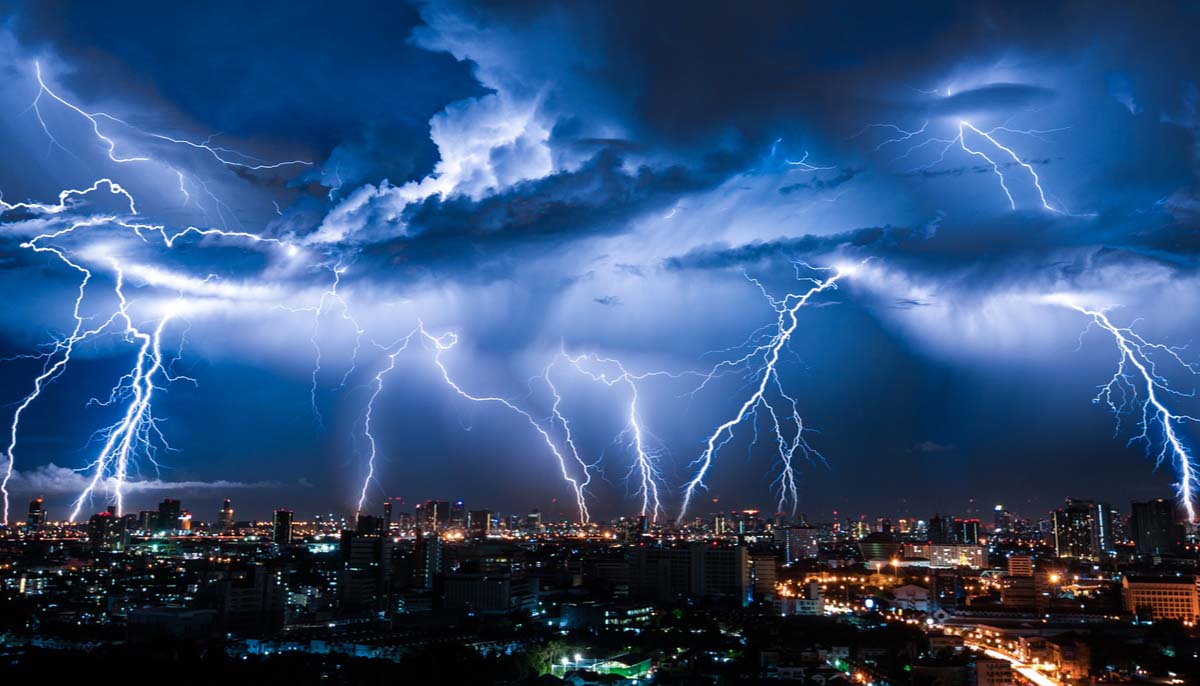Yellowstone is the largest volcanic system in North America, second-most in the world, and its most active “supervolcano” hotspot has moved toward the Northeast over time. A recent new volcanic study made a frightening finding.
Yellowstone: Waiting for the “big one”
Yellowstone has one thing in common with the San Andreas Fault earthquake zone that runs through California. Geologists believe it is only a matter of time before the “big one” strikes. Such an event is long overdue.
But unlike the San Andreas Fault, it’s not an earthquake that is a disaster waiting to happen in Yellowstone – it’s a massive volcanic eruption.
Residing mostly in the northwest corner of Wyoming and extending into parts of Montana and Idaho, Yellowstone is a sprawling national Park established in 1872.
Yellowstone National Park is unique beyond its overwhelming beauty, highest-elevation lake in North America, and abundant wildlife – its geothermal features. Its Old Faithful geyser is world-renowned and a visual reminder of the hotbed of activity going on beneath the surface. In fact, over half of the world’s geysers and hydrothermal features reside in Yellowstone.
The Yellowstone Caldera is the largest supervolcano on the North American continent. In the last 3 million years, it has erupted with tremendous force only three times. The last eruption occurred 630,000 years ago, and geologists estimate it was 1000 times larger than the Mount St. Helens eruption in 1980.
The volcano simulation study of Yellowstone delivers horrifying findings for the globe
A short documentary by “What If” asks: “What if the Yellowstone Volcano erupted tomorrow?” The documentary runs a Yellowstone Volcano eruption simulation to explore what the subsequent effects would be, the Express reported.
The narrator of the documentary spoke about the results of the simulation study.
“Right now, in the US, one of the world’s largest volcanoes is gearing up to explode,” the narrator of the documentary noted. “If Yellowstone decided to erupt, the results would be devastating.”
“But if the eruption took place tomorrow and you lived in North America, there would be virtually nothing you could do to prepare.”
The documentary found there would be very little in the way of lava flows from a volcano eruption at Yellowstone. Instead, magma would be shot with great force, most of it blasted into the sky. The debris ejected would transform into airborne ash particles and small and scorching pieces of jagged rocks, which in itself would be potentially lethal.
The ejected material would be so vast that it would quickly blanket most of the entire US and Canada.
The study estimated that tens of millions of people who live within a 621-mile radius of the volcano would die from the ash alone. The inhaled ash would form a cement-like mixture within the lungs, leading to gradual suffocation.
Infrastructure would also be destroyed throughout the continent as only 12 inches of the ash would be sufficient to collapse roofs.
However, even those beyond the 621-mile range would still be threatened. Winds would carry ash to the East Coast of the US in amounts that would still be dangerous to human lungs.
But wait, there’s more. Winds would also carry ash to Europe and the rest of the world, where it could trigger extreme weather changes.
If one could even call it that, one positive benefit would be a huge reduction in global warming. In fact, Earth’s temperature would drop by an estimated 10 degrees Celsius and persist for as long as a decade.
In turn, this would threaten water supplies and agriculture worldwide.
Despite starting the problem for years and looking for strategies to reduce the impact and prevent it, NASA findings concluded politicians would be unlikely to fund the millions necessary to minimize a Yellowstone eruption risk.


